Co Loa Citadel in Hanoi: A Glimpse into Vietnam’s Ancient Past
Have you ever wondered about the daily life in prehistoric Vietnam? Curious people would find no better venue to investigate Vietnam’s rich historical legacy than Co Loa Citadel. Tucked just outside Hanoi, this historic monument chronicles a colorful past full of rulers, wars, and architectural marvels. Let MOTOGO Tours discover this historical site.
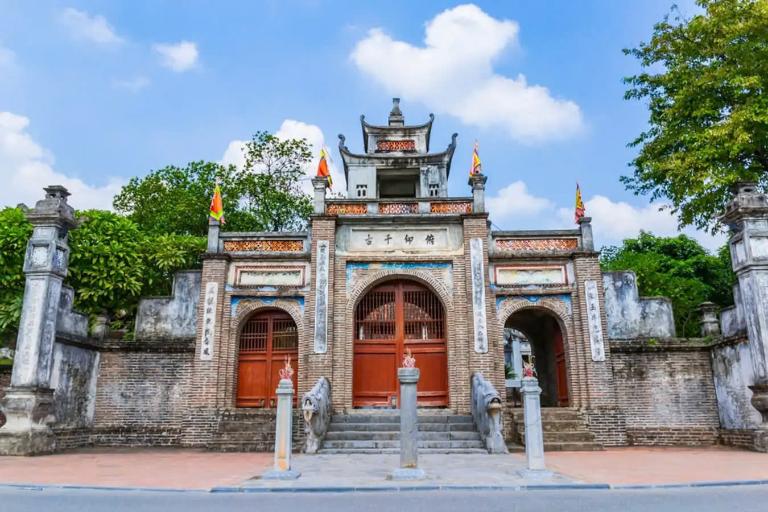
The Origins and History of Co Loa Citadel
Co Loa Citadel is one of historical landmarks in Hanoi, both as a symbol of the nation’s ancient ingenuity and its resilience against foreign invasions. Deeply entwined with the rule of King An Duong Vuong and the creation of the Au Lạc Kingdom is the history of Co Loa, which stretches back to the third century BC.
Legend of An Duong Vuong
An Duong Vuong and his supernatural assistance in building the citadel define the most famous legend associated with Co Loa. Folklore has it that King An Duong Vuong wanted to build a strong castle to protect his newly founded Au Lac Kingdom after uniting the Au Viet and Lac Viet tribes. But the construction failed repeatedly, and the walls seemed to collapse every night.
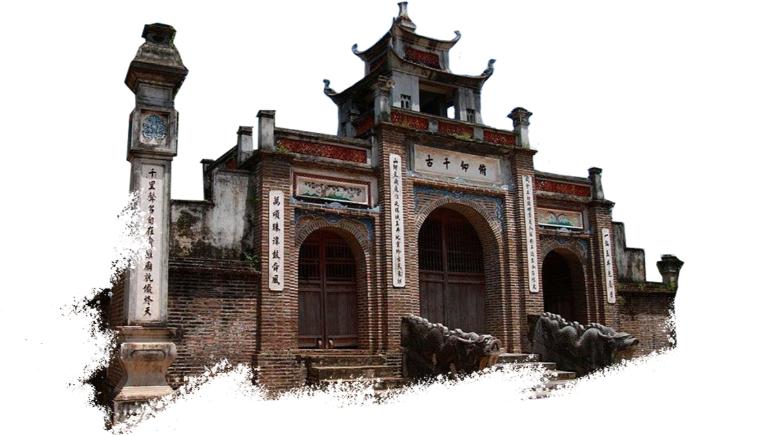
In desperation, the king prayed to the gods; from under the water, a golden turtle (Kim Quy) showed him the way. An Duong Vuong completed the fortress in a unique spiral shape, following the turtle’s advice; this is reflected in its name, Co Loa, which means “snail shell”. The turtle also gave the king a magical crossbow that allowed him to shoot multiple arrows at once, thus ensuring the defense of the citadel against any enemy.
The Kingdom of Au Lac
Once Co Loa Citadel was finished, An Duong Vuong founded the capital of Au Lac, among the first Government entities in Vietnamese history. A major turning point in the evolution of a centralized Vietnamese state, the unification of the Lac Viet (in the Red River Delta) and the Au Viet (in the northern mountains) produced the Au Lac Kingdom.
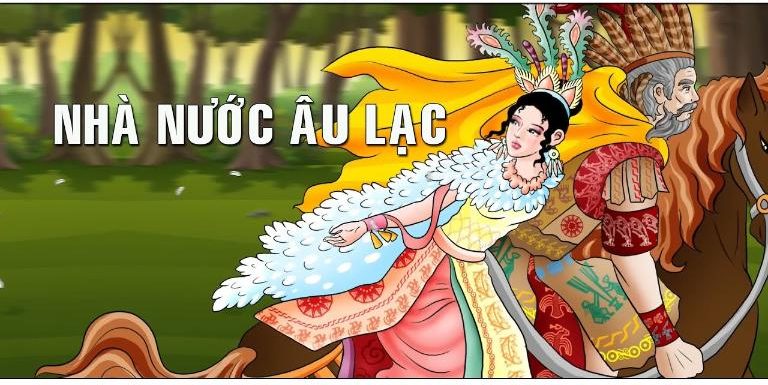
Politically and militarily, Co Loa, with its elaborate defensive structures, was the heart of the kingdom. The citadel’s strategic location in the fertile Red River Delta not only made it an important center for trade and agriculture, but also positioned it perfectly to ward off attacks from the North.
Under the leadership of An Duong Vuong, the Au Lac Kingdom became a symbol of Vietnam’s strength and unity during a period of territorial expansion and external threats. With its concentric walls and moats, the citadel’s elaborate architecture highlighted the engineering and technical prowess of the era.
The Invasion by Zhao Tuo
Co Loa finally collapsed to an outside assault despite its strong fortifications. Zhao Tuo, a warlord from the Nanyue Kingdom (an ancient kingdom situated in what is now southern China and northern Vietnam), started an invasion late in the third century BC that would permanently change the history of Au Lac.
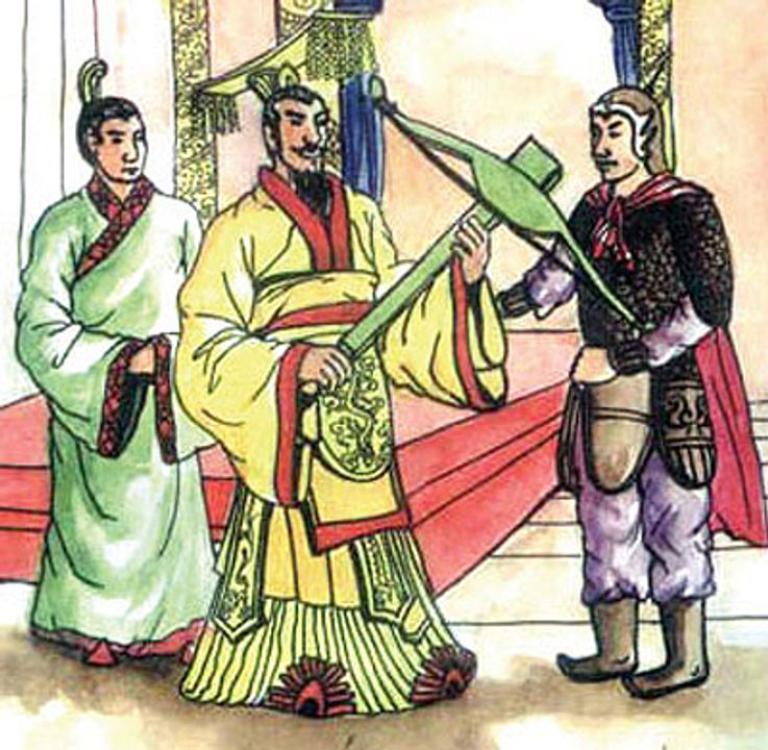
Initially seeking a peaceful partnership, Zhao Tuo’s son married My Chau, daughter of An Duong Vuong. However, this alliance turned out to be a trap. According to legend, My Chau revealed the secret of the magic crossbow to her husband in an act of betrayal or naivety; he later told Zhao Tuo. Armed with this knowledge, Trieu Da’s army easily overcame the once impregnable fortress.
An Duong Vuong escaped with his daughter as Zhao Tuo’s army approached. Appearing again as they reached the water’s edge, the golden turtle revealed that My Chau had betrayed her father. Tragically, An Duong Vuong killed his daughter in a moment of despair and then disappeared into the sea with the turtle. This story heralded the fall of the Au Lac Kingdom and Co Loa.
>> This article for you: Hanoi Travel: Explore the Best Tourist Attractions, Food & Culture
Architectural Significance of Co Loa Citadel
Co Loa Citadel’s architectural design is evidence of the strategic military planning of the time as much as a mirror of old Vietnamese creativity. The citadel is renowned for its complex defense system, sprawling across a vast 500-hectare area, with fortifications that make it a unique archaeological and architectural site in Southeast Asia.
Multi-Layered Defense Structure
The complex, multi-layered defense system of Co Loa Citadel defines it most. Three concentric wall layers surround the primary administrative and residential parts of the spiral-pattern citadel. This architecture provided a formidable defense against invaders, so making it challenging for adversaries to pass the citadel readily. The citadel was named “Co Loa,” which means “spiral” in Vietnamese, from the spiral arrangement that resembled a snail’s shell.
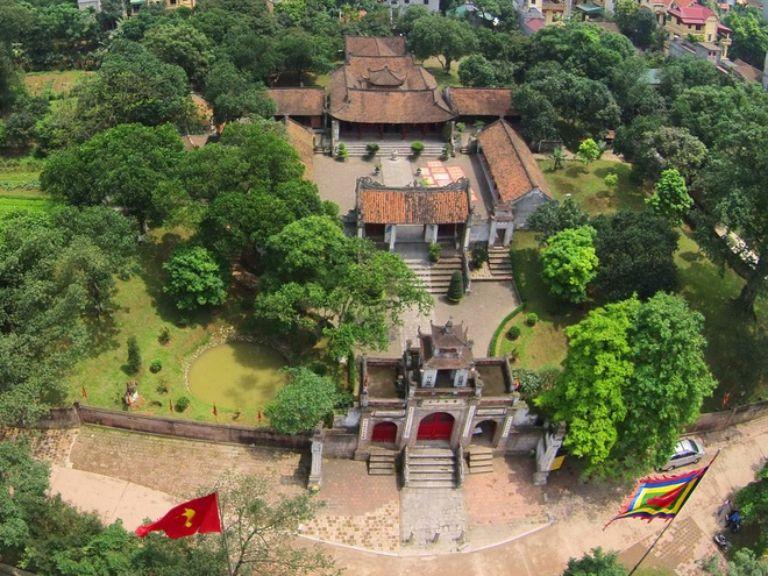
Mostly made of packed dirt, clay, and bamboo— items easily accessible at the time—the walls were The walls were quite efficient even with these modest building materials. In certain portions, they were built to a width of 10–20 meters and a height of roughly 6–12 meters. These walls could withstand the shock from enemy strikes, and the materials’ inherent tenacity let the building to stand for centuries, with some remnants still clearly visible today.
The Three Rings of Walls
Three concentric rings of wall make up the defensive layout of the fortress. Every ring had a designated use:
- Outer Wall: The largest and guarded the major city, home of the soldiers and general people. Its convoluted architecture was meant to cause uncertainty and slow down approaching adversaries.
- Middle Wall: Acting as a second line of protection and guarding the important administrative buildings, the middle ring was more strengthened. Crucially important for the citadel’s defense system, this stratum also housed troops and defensive weaponry.
- Inner Wall: King An Duong Vuong lived in the most safe area—the royal palace—which was surrounded. With its near proximity to significant administrative offices and the royal family, this wall was the last line of protection. It was deemed almost unbreakable.
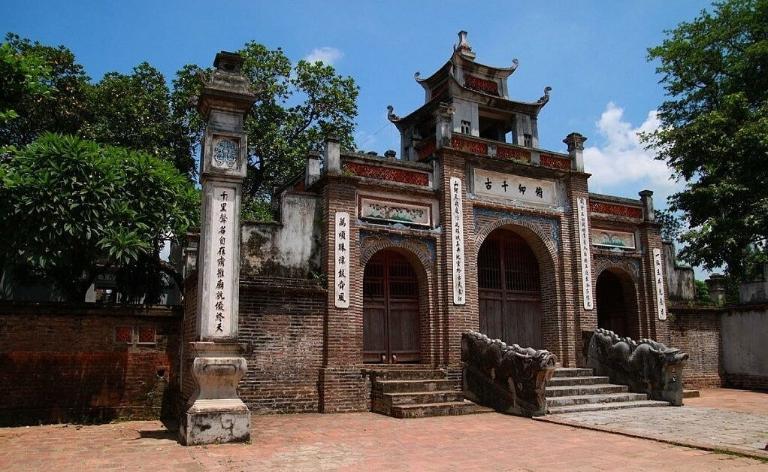
For its time, the three-tier system was revolutionary since it forced invading forces to fight across several layers to reach the center of the citadel and offers independently defendable layers of security.
The Moat and Underground Tunnels
Comprising a large system of moats, the citadel’s walls naturally provided defense. Nearby rivers fed the moat, building a barrier that made it difficult for hostile forces to readily advance against the walls. Apart from the moat, subterranean tunnels linked important fortress sites let troops and supplies to be secretly moved across a siege.
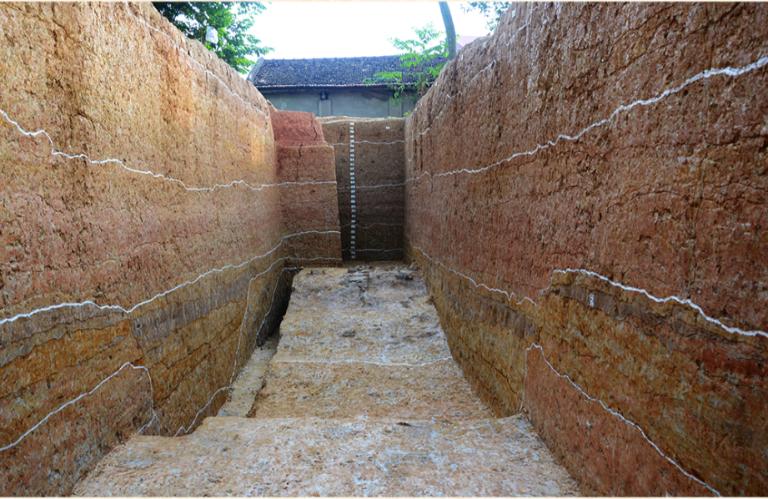
>>> You may also concern: Thang Long Imperial Citadel: Explore Vietnam’s Timeless Heritage
Exploring Co Loa Citadel Today
Seeing Co Loa Citadel today provides an opportunity to explore the ruins of a once-great country and travel back in time. Though most of the original architecture has disappeared over time, the surviving walls, moats, temples, and shrines exude majesty and historical relevance.
Main Attractions
Many significant historical and cultural sites call Co Loa Citadel home. Every site within the citadel provides a different window into its past, from shrines honoring great people to old buildings reflecting the military genius of the past.
Co Loa Temple
Built to honor King An Duong Vuong, the man who established the citadel, Co Loa Temple is one of the main attractions inside the citadel. Locals visit the temple as a spiritual center to honor the king and consider the past of their country. The temple has a classic style with exquisite altars, a calm courtyard, and minute embellishments.
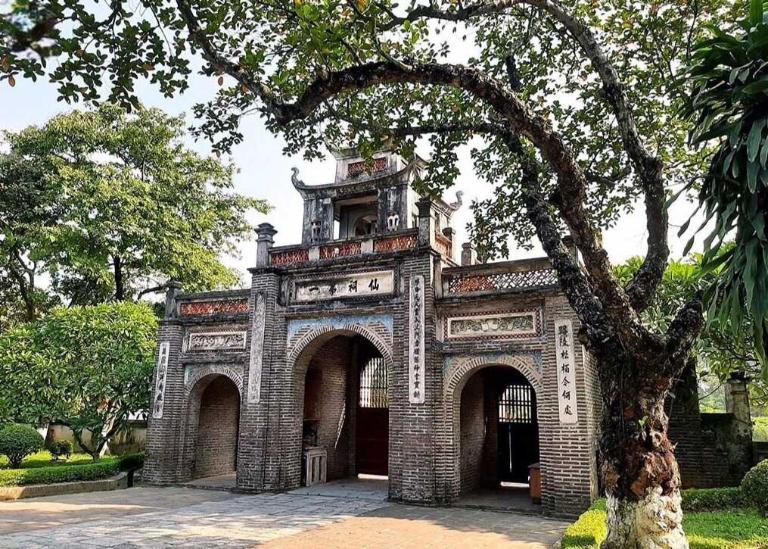
Ngu Trieu Di Quy Palace
Once King An Duong Vuong’s house, the Ngu Trieu Di Quy Palace In ancient Vietnam, the palace represents royal power; visiting it helps guests to picture the king’s life and court. Wander about the remnants of the palace, note the royal chambers’ arrangement, and find where significant choices influencing Vietnamese history were previously taken.
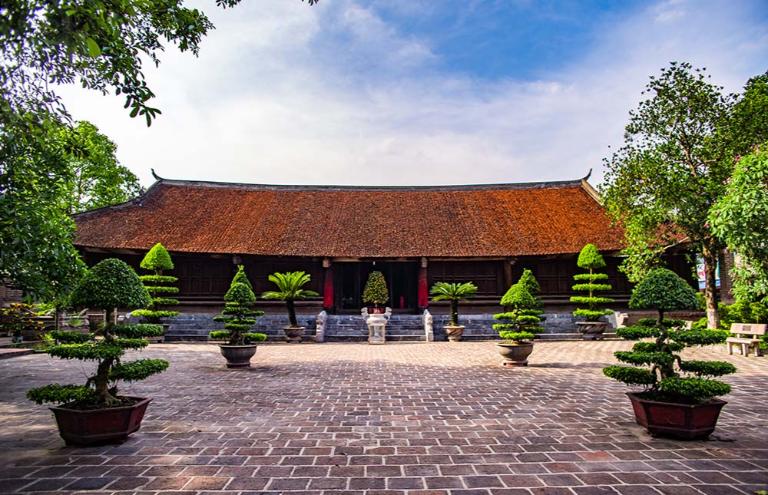
Am Mieu Shrine
Dedicated to the fabled golden turtle (Kim Quy), the legendary creature thought to have helped King An Duong Vuong build Co Loa Citadel. Legend goes that the turtle not only helped construct the fortress but also gave the monarch a magical crossbow meant to make his army unbeatable. Though modest, the shrine is quite important since it symbolizes the blending of history and mythology that characterizes Co Loa’s identity.
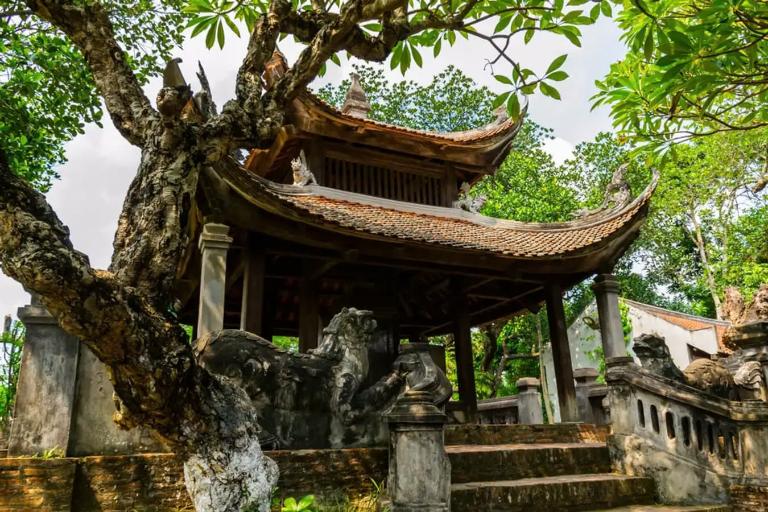
Festivals and Events at Co Loa Citadel
Seeing the yearly traditional celebrations and events held at Co Loa Citadel is one of the highlights of there visit. The most well-known among these is the yearly Co Loa Festival held in the first lunar month. This celebration honors King An Duong Vuong and includes traditional processions, music, dances, and offerings to respect the king and the golden turtle. This colorful celebration brings the neighborhood together and gives guests the chance to see Vietnamese culture fully exhibited.
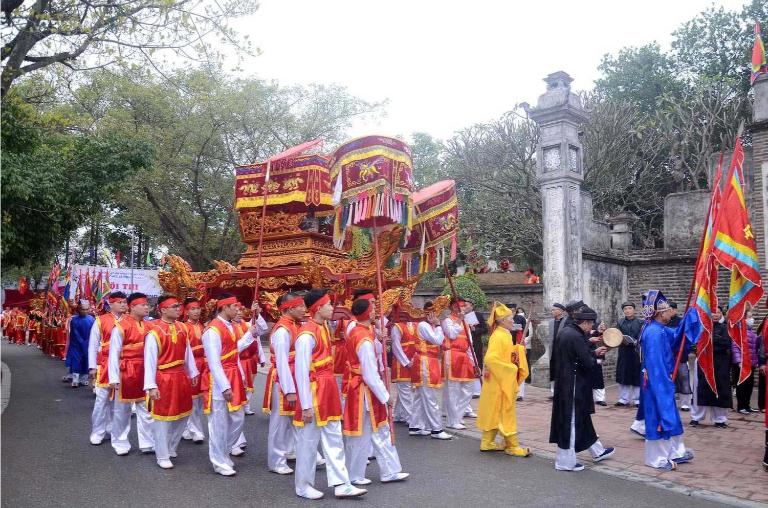
Tips for Visiting Co Loa Citadel
Here are some useful pointers to allow you to guarantee a flawless and unforgettable trip to Co Loa Citadel.
Best Time to Visit
Visit Co Loa in the spring (February to April) or autumn (September to November) when the weather is mild and pleasant. For exploring the outside location, these seasons provide clear sky and appropriate temperatures. Moreover, traveling during the Co Loa Festival in the first lunar month gives your journey a unique cultural component.
How to Reach Co Loa Citadel
Especially if you live in Hanoi, reaching Co Loa Citadel is really simple. About 17 kilometers from the city center, one can reach the citadel via several ways of transportation. Public busses offer a handy choice for those on a tight budget since many bus lines let visitors reach Co Loa. Renting a motorbike is a common alternative for individuals who want a bit more adventure.
What to Bring and Wear
The citadel calls for a lot of walking, hence make sure you have suitable shoes. Particularly if you visit during the warmer months, pack a cap, sunscreen, and lots of water. Having a camera will also help you to record the amazing vistas and historical sites.
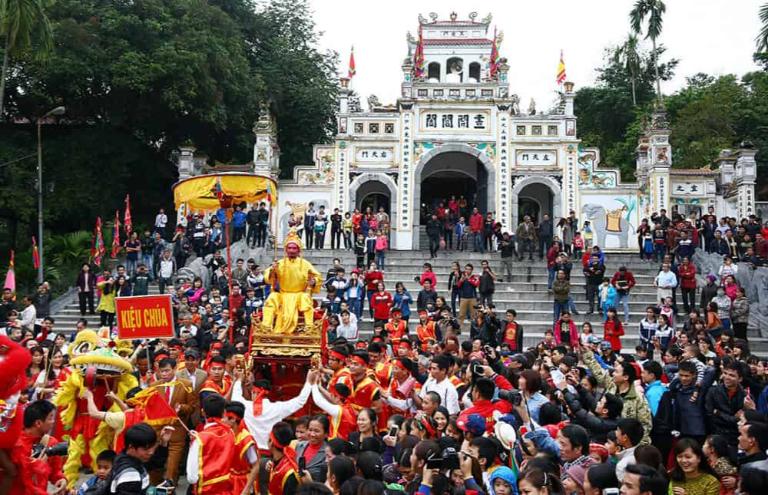
Co Loa Citadel is a destination that takes you deep into the heart of Vietnam’s ancient history. Co Loa offers a singular and enriching experience regardless of your interests—history, culture, or just an off-the-beaten-path adventure close to Hanoi. Therefore, make sure to schedule some time to visit this historic marvel next time you are in Hanoi.
Related Posts:
- Tay Ho Palace: A Famous Spiritual Destination in Hanoi
- Perfume Pagoda in Hanoi: Ultimate Guide to Vietnam’s Spiritual Haven
- Discover the Timeless Charm of Duong Lam Ancient Village in Hanoi
- The Bat Trang Pottery Village: A Must-visit Destination in Hanoi
- Old City Gate Hanoi: A Historical Landmark in the Heart of the Old Quarter

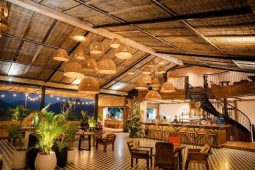


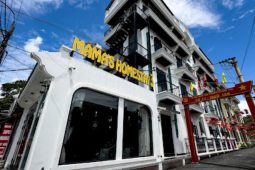




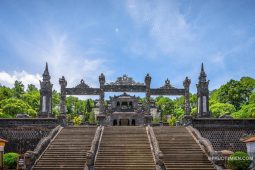
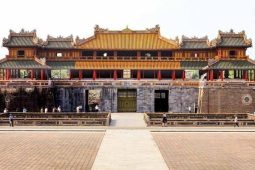


Be the first to comment!